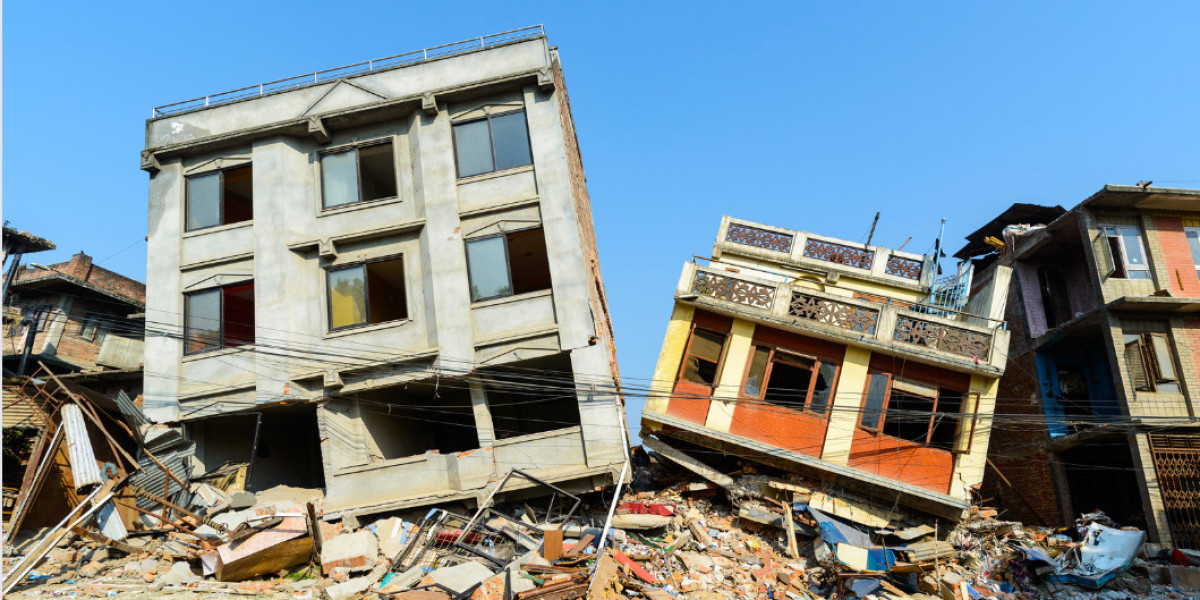In regions prone to seismic activity, investing in earthquake-resistant buildings is crucial for both personal safety and financial security. As a real estate investor, prioritizing properties that adhere to strict earthquake safety standards not only protects your investment but also ensures the well-being of tenants or future owners. By incorporating earthquake safety information into your decision-making process, you can make informed choices that minimize risk and maximize the long-term value of your real estate portfolio.
Earthquake Safety Standards and Building Codes
Building codes and safety standards are constantly evolving to address the growing need for earthquake-resistant structures. Investors should familiarize themselves with the latest regulations and requirements in their target markets. Seeking properties that have been constructed or retrofitted to meet or exceed these standards is a crucial step in mitigating earthquake risk.
Structural Integrity and Design
The structural integrity and design of a building play a significant role in its ability to withstand seismic forces. Investors should prioritize properties that feature reinforced concrete frames, shear walls, and other structural elements specifically designed to resist lateral forces generated by earthquakes. Additionally, the use of base isolation systems and damping devices can further enhance a building's resilience.
Location and Soil Conditions
The location of a property and the soil conditions of the surrounding area can also impact its vulnerability to earthquake damage. Investors should research the seismic history and risk assessments of potential investment areas. Properties situated on stable soil conditions or bedrock are generally less susceptible to earthquake-related damage than those built on soft soil or reclaimed land.
Insurance and Risk Management
Investing in earthquake-resistant buildings is not a guarantee against damage, but it can significantly reduce the risk. Investors should also consider the availability and cost of earthquake insurance in their target markets. Comprehensive risk management strategies that include both structural safeguards and insurance coverage can provide an additional layer of protection for real estate investments.
Long-Term Value and Tenant Confidence
Earthquake-resistant buildings not only protect investments but also contribute to long-term value and tenant confidence. Properties that are known to be safe and well-maintained are more attractive to tenants, leading to higher occupancy rates and rental income. Additionally, the increased demand for earthquake-safe buildings can translate into higher resale values in the future.
Conclusion
In conclusion, investing in earthquake-resistant buildings is a prudent decision for real estate investors looking to protect their assets and ensure the safety of tenants. By prioritizing earthquake safety information and incorporating it into their investment strategies, investors can make informed choices that minimize risk and maximize long-term value.


